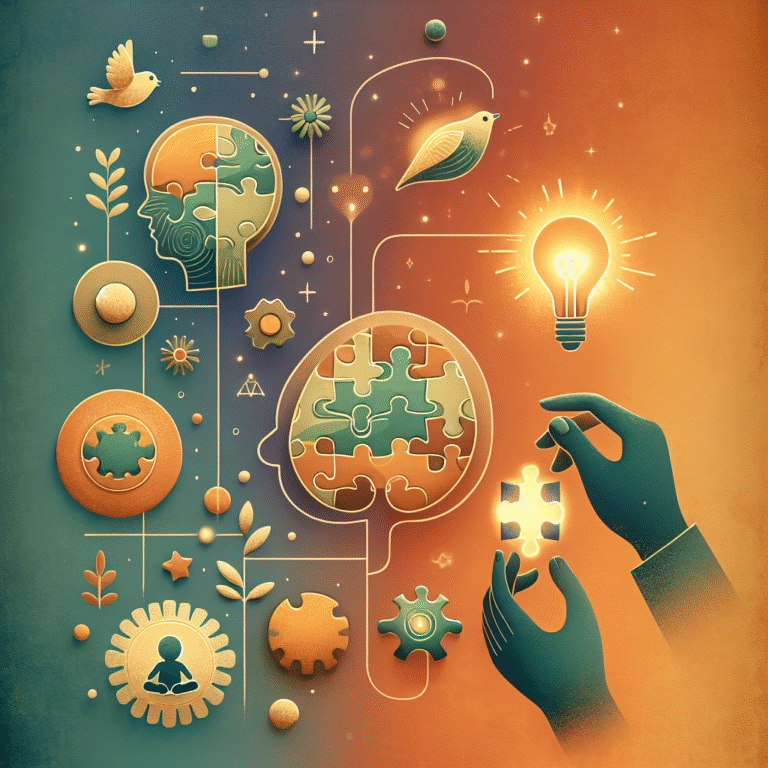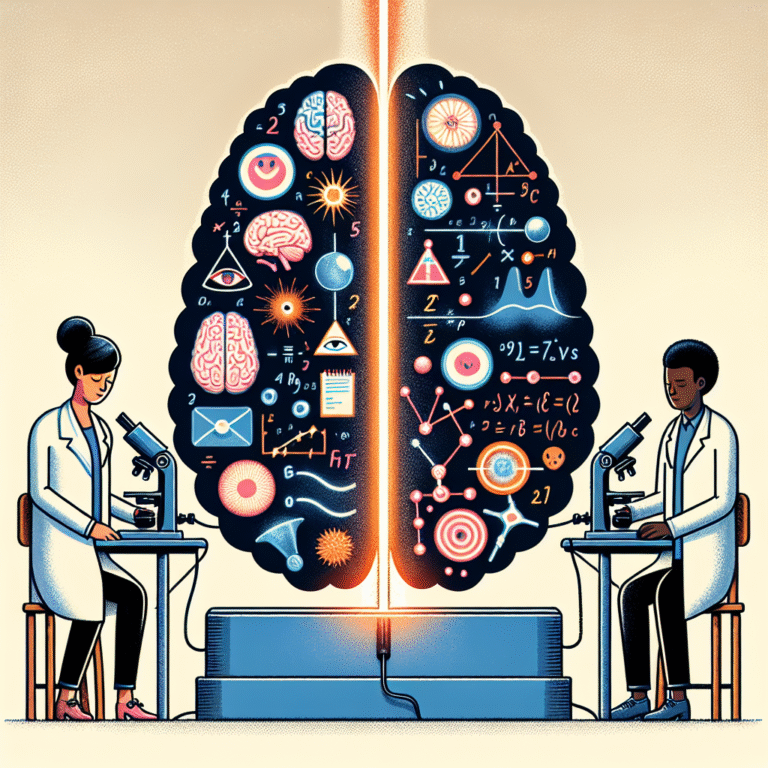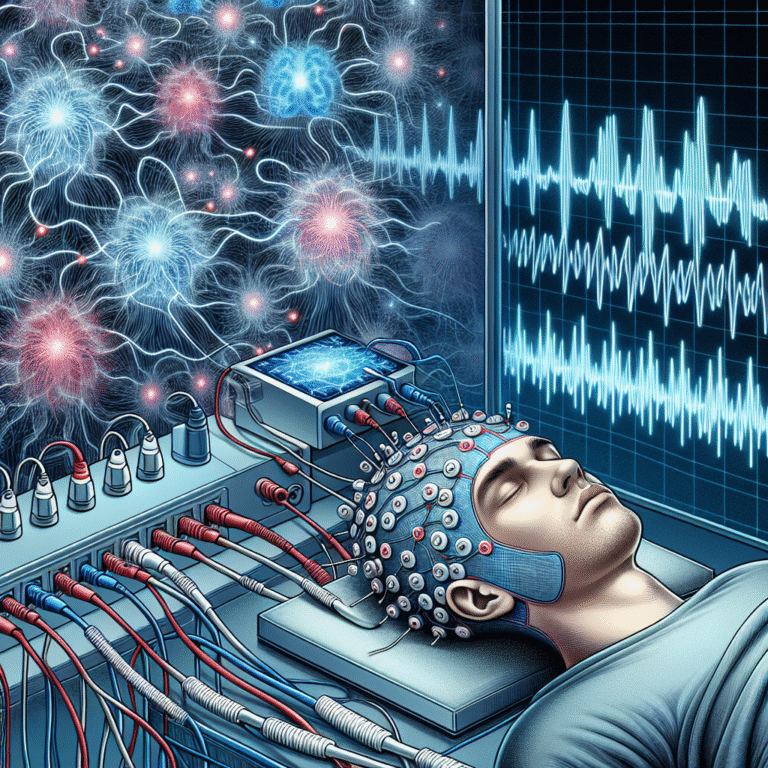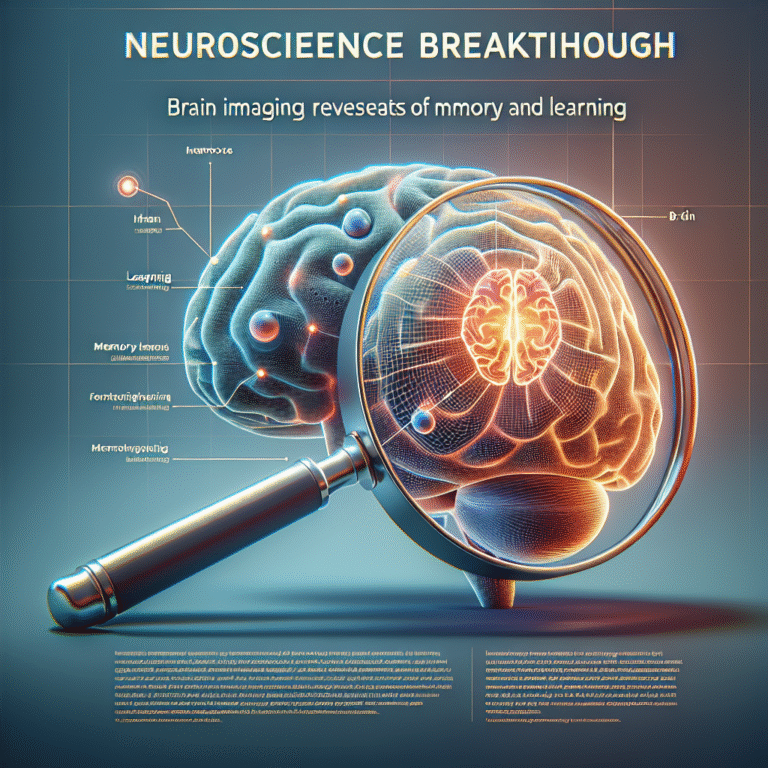
Introduction
Imagine walking down a bustling street and spotting a friend in a crowd, only to realize it was merely a clever play of light and shadow. Our eyes, it seems, can sometimes deceive us. This leads us to the compelling phrase: "Seeing Isn’t Believing." In the realm of perceptual illusions, this statement holds profound significance. Perceptual illusions not only captivate our senses but also reveal remarkable insights into how our brains interpret the world. As technology advances and scientific understanding deepens, our appreciation for these psychological phenomena grows. Join us as we delve into the intriguing world of perceptual illusions, where insight meets awe, and reality is not always what it seems.
Understanding Perception
What Is Perception?
At its core, perception is the process by which we interpret sensory information to understand our environment. It intertwines with our experiences, expectations, and even cultural background. This makes perception inherently subjective, leading to fascinating outcomes—especially when our assumptions clash with reality.
The Brain’s Role in Perception
The human brain receives sensory input and translates it into meaningful information. However, this process is not flawless. Our brains often fill in gaps or make assumptions based on past experiences. This can lead to perceptual illusions, where what we perceive diverges from reality.
The Science Behind Perceptual Illusions
Types of Perceptual Illusions
-
Optical Illusions: Often involve visual stimuli that mislead the eye. Examples include the famous Müller-Lyer illusion, where lines of equal length appear different due to arrowheads at their ends.
-
Auditory Illusions: Our ears can play tricks on us too, like hearing a voice in white noise. The "soda can" illusion is a classic example where the same sound is interpreted differently based on context.
- Tactile Illusions: The brain can misinterpret feelings, such as feeling like an object is vibrating when it isn’t. The "cutaneous rabbit" illusion demonstrates how our perception of touch can be distorted.
Theories Explaining Perceptual Illusions
-
Constructivist Theory: This theory posits that the brain actively constructs our perception based on previous knowledge. Illusions arise when the brain’s construction fails.
- Direct Perception Theory: This perspective suggests that perception is a direct response to sensory stimuli. Illusions, in this view, occur when the sensory input triggers misleading perceptions.
Case Studies in Perceptual Illusions
1. The Müller-Lyer Illusion
One of the most well-known optical illusions, the Müller-Lyer illusion demonstrates how the inclusion of arrow-like shapes can mislead our understanding of line length. Research shows that different cultural backgrounds can influence how individuals perceive this illusion. Interestingly, people from cultures that rely more on straight lines, such as those living in urban environments, tend to experience this illusion more acutely.
| Line Type | Illusion Perceived Length | Average Percent Deviation |
|---|---|---|
| Standard | 100% | 0% |
| With Arrowheads | 120% | 20% |
| Without Arrowheads | 80% | -20% |
2. The "Soda Can" Illusion
This auditory illusion highlights how context can alter perception. When listeners hear a sound resembling a voice, they often associate it with a soda can being crushed, showcasing the brain’s tendency to seek familiar patterns. This was particularly notable during an experiment where participants were asked to identify sounds in an auditory scene.
Analysis: The “Soda Can” illusion reveals that our auditory perceptions are not merely about what we hear; they’re intricately linked to our memory and experiences.
3. The Rubber Hand Illusion
This tactile illusion involves placing a rubber hand in front of a participant while hiding their real hand. As the researcher strokes both simultaneously, participants often start feeling sensations in the rubber hand. This phenomenon illustrates how visual signals can override tactile experiences.
Analysis: The Rubber Hand Illusion underscores the brain’s integration of sensory information, highlighting how our perception of body ownership can be flexible.
Cultural Perspectives on Perception
Perceptual illusions are not just a psychological curiosity; they also reveal cultural nuances. Different cultures experience varying responses to similar illusions, posing intriguing questions about universal versus culturally specific patterns of perception. For instance, Western cultures, which often emphasize individualistic experiences, may perceive illusions differently than collectivistic cultures that prioritize group experiences.
The Applications of Understanding Perception
Art and Design
Understanding perceptual illusions is crucial in the fields of art and design. Artists often exploit these illusions to challenge viewers’ perceptions, leading to more engaging experiences. Optical art, made famous by artists like Bridget Riley, pushes boundaries to explore the complex relationship between perception and reality.
Psychology and Mental Health
In psychology, awareness of perceptual illusions can aid in understanding human behavior and cognitive biases. Therapists might employ these illusions as metaphors for distorted thinking, helping clients gain insights into their perceptions and beliefs.
Virtual Reality
The burgeoning field of virtual reality (VR) relies heavily on perceptual principles. By creating environments that leverage our understanding of perception, VR can enhance experiences, from gaming to therapy. Illusions in VR can evoke emotional responses or simulate real-world challenges.
Tools and Techniques for Exploring Perception
Experiments and Demonstrations
Creating simple demonstrations to illustrate perceptual illusions can enhance interactive learning. Classic visual examples like "The Spinning Dancer" or the "Checker Shadow" illusion inspire wonder and encourage discussions about brain function.
The Role of Technology
High-tech imaging techniques like fMRI and EEG allow researchers to observe brain activity during perceptual tasks, deepening our understanding of how we process illusions.
Conclusion
In summary, the phrase “Seeing Isn’t Believing” encapsulates the enigma of perceptual illusions. By exploring the fascinating world of perceptual illusions, we unlock insights not only about how our senses and brains work but also about the deeper layers of our experience as humans. Perceptions, shaped by a myriad of factors from culture to personal experience, highlight the richness of our cognitive lives. As we navigate this complex landscape, we recognize the power and mystery inherent in our perceptions. The next time you find your senses playing a trick on you, remember: it’s not just an illusion; it’s a doorway into understanding the mind itself.
FAQs
1. What causes optical illusions?
Optical illusions arise from the way our brains interpret visual information. They exploit the brain’s tendency to seek patterns, often leading to misinterpretations based on context.
2. Are perceptual illusions the same for everyone?
Not necessarily. Cultural background, experiences, and even individual neurological differences can affect how people perceive illusions.
3. How can perceptual illusions be beneficial?
They can improve our understanding of cognitive processes, help in fields like art and design, and even assist in therapeutic practices by highlighting cognitive biases.
4. Can perceptual illusions impact everyday life?
Yes, understanding these illusions can be impactful in numerous fields, from marketing to education, where visual perception plays a crucial role.
5. Are there practical exercises to experience perceptual illusions?
Absolutely! Many websites and psychology textbooks offer simple tests and visual demonstrations, allowing individuals to experience illusions firsthand and gain insight into their perception.
The exploration of the captivating world of perceptual illusions not only enriches our understanding of human perception but also invites us to question the very nature of reality. Let curiosity guide you as you discover the wonders hidden within what we "see."














